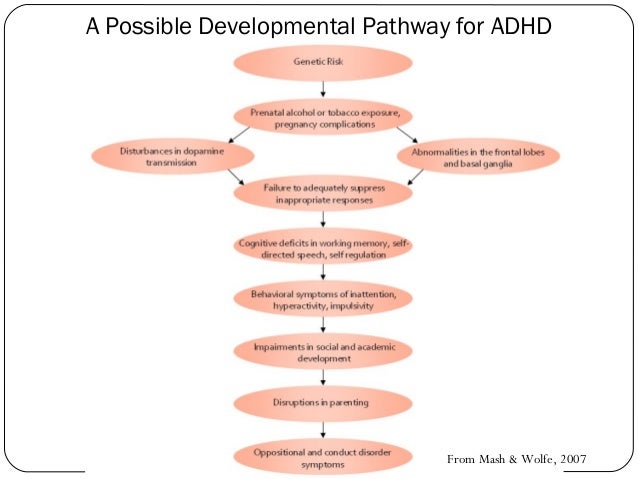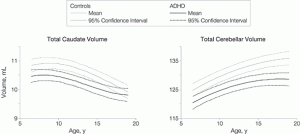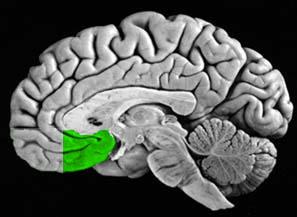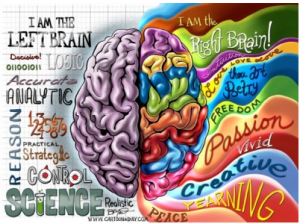Do you have commitment issues? Do many of your friends and peers consider you irresponsible or immature for your age? Are you impulsive? If you have answered yes to all of these questions you might be a sociopath…but hey, at least you aren’t a psychopath!
What is sociopathy?
“Sociopathy is a personality disorder associated with irresponsible and unreliable behavior that is not personality advantageous; an inability to form lasting commitments or relationships; egocentric thinking; and a marked degree of impulsivity.”
— (Ward, 2015)
Psychopath verses sociopath
The hyenas from the classic film “Lion King” are Disney characters that display psychopathic tendencies

Scar from the classic film “Lion King” is a Disney character that is an exemplary illustration of a sociopath
How do people become sociopaths/psychopaths?
Research indicates that specific genes predispose people to psychopathy and sociopathy; however, these genes are usually dormant. The chances of these predisposed genes actually being expressed greatly increases in the presence of environmental triggers. However, genes are not always necessary to “turn” a person into a sociopath. Often times, an abusive or rough childhood or a traumatic head injury is all that is needed (Bree, et al., 1998). Once in a while though, a serious head injury to a specific part of the brain is all that is needed to turn an average, well-functioning member of society into an out of control, impulsive sociopath with no regards for others.
Acquired sociopathy refers to a person who was “normal” that, after a traumatic brain injury, “turned” into a sociopath.
Cases of acquired sociopathy
The most well-known case of acquired sociopathy is that of Phineas Gage. Before Phineas Gage had a metal rod pass through his left cheek and out the top of his head, he was denoted as a serious, industrious, and energetic person who was responsible and smart. Yet after the incident, his peers claimed that he was childish, irresponsible, and thoughtless of others. This was a drastic change of personality. Although Gage was considered lucky to be alive, the metal rod damaged his left orbitofrontal/ventromedial region and the left anterior region. Severe trauma to specific regions of the brain can cause a person to undergo marked personality changes, as seen with Phineas Gage (Damasio, 1994). Another example of a similar case is the J.S case in 1996. This incident also supports the idea that brain trauma alone can lead to acquired sociopathic behaviors.
J.S. is a 56-year-old man who worked as an electrical engineer. In November 1996, he was found collapsed and unconscious with evidence of trauma to the right frontal region. It was noted that his behavior was abnormal. He behaved bizarrely; riding around on a hospital gurney, being uncooperative, and having unpredictable episodes of aggression such as when he assaulted and wounded a staff member, threw objects and furniture at people, and behaved aggressively towards other patients. However he had no psychiatric history prior to his accident and before the incident, he was described by a relative as being a quiet, rather withdrawn person who was never aggressive (Blair, 2000).
Behind the scenes of executive functioning
The ventromedial prefrontal cortex (vmPFC) plays an important role in emotional reactions. This region communicates with the dorsomedial thalamus, temporal cortex, ventral tegmental area, olfactory system, amygdala, cingulate 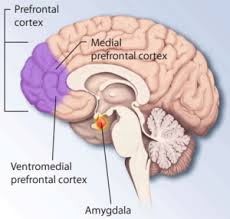 cortex, lateral hypothalamus, and other regions of the frontal cortex, including the dorsolateral prefrontal cortex. People with ventromedial prefrontal lesions show impulsive behavior and often display outbursts of inappropriate anger. They are able to explain the implications of complex social situations but often respond inappropriately when they find themselves in these situations. Evidence indicates that the ventromedial prefrontal cortex is involved in making moral judgments (Ward, 2015) (Damasio, et al., 1994).
cortex, lateral hypothalamus, and other regions of the frontal cortex, including the dorsolateral prefrontal cortex. People with ventromedial prefrontal lesions show impulsive behavior and often display outbursts of inappropriate anger. They are able to explain the implications of complex social situations but often respond inappropriately when they find themselves in these situations. Evidence indicates that the ventromedial prefrontal cortex is involved in making moral judgments (Ward, 2015) (Damasio, et al., 1994).
In summation
Neuroscientists have identified areas of the brain related to sociopathic behaviors. Subtle damage to the amygdala, a brain region that helps us process our emotions, may explain why sociopaths cannot read or express emotions properly. Sociopathic behaviors are also associated with injury to the ventromedial region of both frontal lobes. This is where the umbrella term for the management of cognitive processes, executive functioning, comes into play. Executive function is associated with the prefrontal cortex (PFC) which is what tends to be damaged in patients with acquired sociopathy.
References
Bree, M. B., Svikis, D. S., & Pickens, R. W. (1998). Genetic influences in antisocial personality and drug use disorders. Drug and Alcohol Dependence,49(3), 177-187. doi:10.1016/s0376-8716(98)00012-x
Blair, R. J. (2000). Impaired social response reversal: A case of `acquired sociopathy’ Brain,123(6), 1122-1141. doi:10.1093/brain/123.6.1122
Carlson, N. R. (2012). Emotion. In Physiology of behavior (11th ed., pp. 360-376). Pearson.
Damasio, A. R. (1994). Descartes’ error: Emotion, reason, and the human brain. New York: Putnam.
Damasio, H., Grabowski, T., Frank, R., Galaburda, A., & Damasio, A. (1994). The return of Phineas Gage: Clues about the brain from the skull of a famous patient. Science,264(5162), 1102-1105. doi:10.1126/science.8178168
Ward, J. (2015). The executive brain. In The student’s guide to cognitive neuroscience (3rd ed., pp. 345-371). Psychology Press.

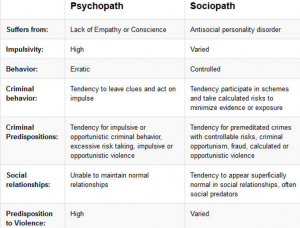

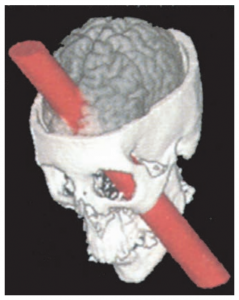

 changes with language learning. The short span of the study, only 6 weeks, also
changes with language learning. The short span of the study, only 6 weeks, also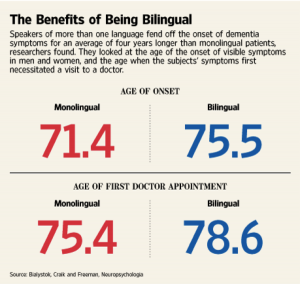 So why doesn’t everyone just learn every language known to man? Well, there are some difficulties to bilingualism as well.
So why doesn’t everyone just learn every language known to man? Well, there are some difficulties to bilingualism as well.






